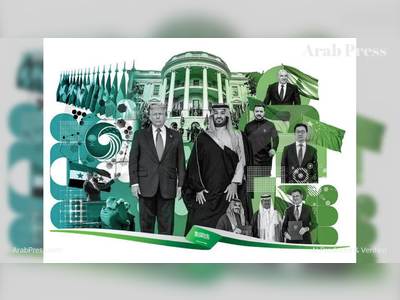
History of the Eyeliner: Nefertiti, Prostitution and Feminism | Egyptian Streets
Yet what’s not as known is how societies overtime reacted to women wearing the eyeliner, and how it became connected with prostitution, seduction and even witchcraft. In fact, even today in some societies around the world, women who wear it are seen with apprehension and are branded as ‘immoral’.
The first use of the eyeliner was recorded in ancient Egypt because they were the first to write and protect their history. “We have the first recorded use [of kohl] in Ancient Egypt, because they were writing things down on papyri which have survived.
The Ancient Egyptians lived and died surrounded by their cosmetic palettes,” cosmetics historian Madeleine Marsh told Broadly.
It is difficult to understand the real purpose behind why it was worn at the time, yet historians believe that there actual cultural and historical reasons, which included honoring deities and maintaining hygiene.
Both women and men also wore it, as well as poor and wealthy Egyptians, which could also support the theory that the reasons were beyond femininity.
Similarly, Bedouin men and women also wore kohl, which was used as a means to protect the eye from the sun’s light and the scorching desert climate.
WOMEN AND SEXUALITY
Yet interestingly, overtime in modern societies the use of the ‘kohl’ eyeliner came to be more associated with women and sexuality. In 1912, the phenomenon of ‘Egyptomania’ began, after German Egyptologist Ludwig Borchardt discovered the bust of Ancient Egyptian Queen Nefertiti in Amarna, Egypt.
Eyeliner came to be more associated with women’s beauty and fashion, as it pushed a large trend of the ‘eyeliner’ into the 20th century to mimic Nefertiti’s beauty.
This sudden shift is unclear and isn’t much studied by historians, but other historians have spoken about how this trend was turned against women, as it came to symbolize prostitution, sexuality and witchcraft.
Since the 1700s in England, women who wore eyeliner were faced with prostitution and even witchcraft charges, according to Luca Jezerniczky. The English parliament at the time declared that women who “seduced men into marriage” through makeup could face witchcraft charges: “All women of whatever age, rank, profession or degree, whether virgins, maids or widows, that shall, from and after such Act, impose upon, seduce and betray into matrimony any of His Majesty’s subjects, by the scents, paints, cosmetic washes, artificial teeth, false hair, Spanish wool, iron stays, hoops, high-heeled shoes or bolstered hips, shall incur the penalty of the law in force against witchcraft and the like misdemeanours and [their] marriage[s], upon conviction, shall become null and void.”
This attack against women continued on even during the 1900s, as Queen Victoria declared it to be ‘vulgar’. Cosmetics historian Madeleine Marsh noted that in the early 1920s, parents would scrub makeup off girls’ faces due its negative attributes with sex.
However, according to Marsh, this began to gradually change as women began to earn more rights, and their sexuality and image was no longer seen as a ‘threat’ to society. In this case, cosmetics were seen as ‘new freedoms’.
“After WWI, there was a revolution: women began to get the vote, it’s when they shed skirts and started drinking and smoking in public. There were a whole load of new freedoms—among those new freedoms are cosmetics,” she adds.
By the 1950s and onwards, makeup brands such as L’oreal and Maybelline’s invented and revolutionized the eyeliner through different styles, such as the ‘cat eye’ that was most famously worn by Egyptian icons such as Soad Hosny and Shwikar, as well as English model Twiggy.
However, modern society’s obsession with sexuality and femininity still exists. Extreme religious fanatics in the Middle East continue to push the claim that it is a ‘sin’ for Muslim women to wear makeup, for instance, mirroring the conservatism and misogyny that existed also in England back then.
On the other hand, the beauty industry also faced criticism for profiting from “socialized insecurity” which centers women’s image and their need to ‘please’ men.
From being once a cultural symbol that was worn by all members in society, the ‘eyeliner’ developed into two opposing strings that determine women’s place in society.
For one thing, it’s a symbol of empowerment against those that attack women’s freedom to own their image and sexuality, and for another thing, it is also a billion dollar industry that profits from telling women that they have to use their beauty to earn more respect in society.











